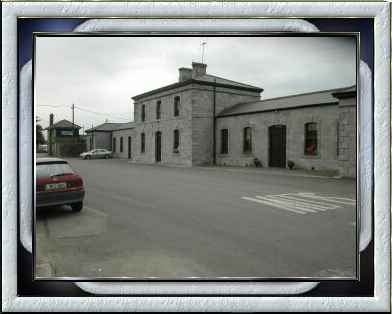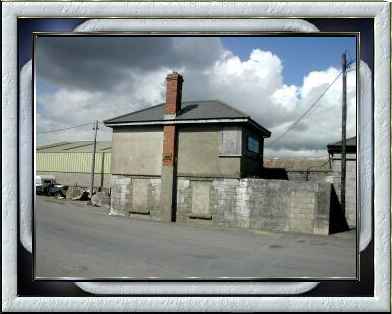|
|
|




 |
 |
 |
 |
 |
|
In 1843 a motion was formulated by the then Duke of Devonshire to put Steamboats
on the Blackwater with his friends, Lord Mountcashell and Sir Richard Musgrave of Tourin
Co. Waterford, and Mr. Briscoe of Glandelane (Clondulane).
The Blackwater Navigation Committee were asked to prepare a Prospectus relating to a clear waterway from Youghal to Mallow. The Duke's agent, Mr. Curry, had strong reservations as to the feasibility of project, pointing out the various weirs and traps. So the idea was postponed. Lord Stuart de Decies urged the other nobles to reconsider, as he had a promise from Towns including Fermoy, of Monetary support for the venture. The idea was shelved and is now history. The idea of a Rail to incorporate Fermoy, Mallow, Cork, Youghal, Lismore to Waterford was mooted as an alternative to the waterways. By the end of 1945 work began all over the country, Dublin to Limerick, Limerick to Waterford. Many ideas were formulated such as Fermoy to Cobh, and Fermoy to Cork. Lack of money and engineers were the drawbacks. In the end Fermoy settled for a line to Mallow with connections to other places. It was a slow process and eventually the whole project was taken over by the Great Southern and Western Railways. In late 1860 the link to Cork was created by the building of the Kilcrummer Viaduct over the Awbeg River close to the Priory at Bridgetown. The line from Fermoy to Mallow by Contractor William Dargan cost one hundred pounds. Four trains ran every week with six in the summer time. The Railway was to become an important factor in the life of the Military and surrounding areas. Thousands of troops left Fermoy to die in Flanders, Mons, Ypres and Mesopotamia. Coffins came back to the Fermoy Station to be interred in Fermoy. Many troops also returned and married local Fermoy girls and settled in Fermoy. The late Matt Flood returned to take up arms against the British forces during the Uprising. A line to Glanworth was also opened. It was to serve Mitchelstown. The most important aspect in that great era was the opening of the Fermoy - Rosslare Line with the completion of the Red Bridge and the Viaduct near Carrigabrick. 
|
